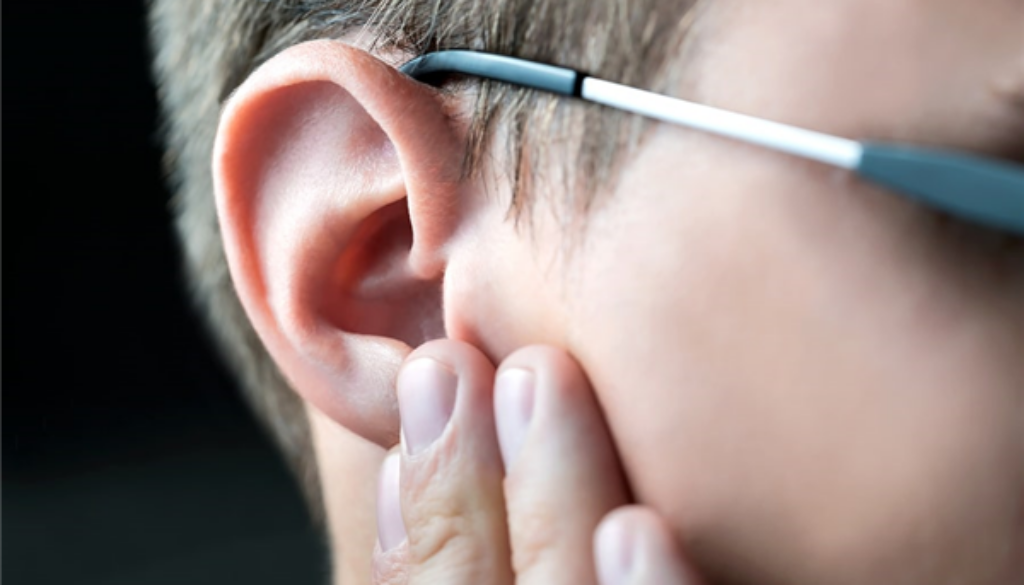What Are Keloids and Do They Have to Be Removed?
Suppose you decided to get your nose pierced. You go to a reputable place, get the piercing, and follow all of the self-care instructions. One month later, you notice a large bump in the piercing area. This can be an indication of a keloid, which is one of the most common complications associated with body piercings, according to information from the U.S. National Library of Medicine.
What is a keloid?
A keloid is a round, solid mass that is typically caused by an overgrowth of scar tissue. It’s most frequently found around or in piercings, and therefore commonly appears in your nose or ear. However, keloids can also be found anywhere the skin has experienced an injury or trauma.
Symptoms include:
- Redness
- Tenderness
- Swelling
- Itchiness at the site
While uncommon, keloids in the nasal area can sometimes ulcerate and affect the sinuses.
What causes a keloid?
According to the journal, American Family Physician, keloids are caused by:
- Surgery
- Vaccinations
- Severe acne
- Burns
- Cuts
- Tattoos
Keloids appear equally as often in men and women, although those with darker skin—particularly African-Americans or Hispanics—are 15 times more likely to develop keloids. They also occur more frequently in those between the ages of 10 and 30. In addition, there appears to be a genetic predisposition to developing keloids.
How are keloids treated?
The best treatment is to avoid developing keloids if at all possible. If you fall into one of the demographic groups that makes you more likely to get keloids, then we recommend avoiding body piercings.
Do keloids always have to be removed?
Not necessarily. There are several options to help manage the condition. Keloids can be treated with steroids, an anti-inflammatory hydrocortisone medication or by freezing. However, because keloids may reoccur, more than one type of treatment is often needed.
Because of their tendency to return, keloid removal is one of the best treatment options, particularly if the keloid is large. We also suggest some ongoing post-surgery treatment to keep them from recurring.
Conclusion: While keloids do not necessarily have to be removed, surgically eliminating them does alleviate symptoms and can help keep them from recurring. However, some keloids do require removal in the operating room.
Keloid removal is just one of the many in-office procedures we offer at Raleigh Capitol ENT. We also have:
- Coblation turbinate reduction (treatment of nasal obstruction)
- Ear tube placement
- Cyst removal
- Snoring / sleep apnea treatment
- Closure after a Moh’s procedure (skin cancer removal by a dermatologist)
- Closed reduction of a nasal fracture
- Repair of torn earlobes
- Otoplasty (reduction of protruding ears)
- In-Office Balloon Sinuplasty
See why Raleigh Capitol Ear, Nose and Throat has been the provider of choice for the Triangle area
Our physicians have hundreds of years of combined expertise that enables us to provide the highest level of care for Raleigh, Durham and Cary residents and their children. More importantly, we take time to answer all your questions and address any concerns you may have. If you have a problem with keloids, sinus infections or earaches, please schedule an appointment with one of our providers.
Raleigh Capitol Ear, Nose, and Throat is the area’s premiere physician-owned ENT practice with six convenient locations throughout Wake County. Our board-certified physicians have extensive experience in treating both common and complex cases to help adults and children alike. For more information or to schedule an appointment, contact us.
Sources:
American Family Physician. “Keloids: Prevention and Treatment.”
https://www.aafp.org/afp/2009/0801/p253-s1.html
The Mayo Clinic. “Keloid.” Online. https://www.mayoclinic.org/keloid/img-20007748
U.S. National Library of Medicine. Online.
“Common Complications of Body Piercings.” https://www.ncbi.nlm.nih.gov/pmc/articles/PMC1071670/
“A Primary Care Perspective on Keloids.”
https://www.ncbi.nlm.nih.gov/pmc/articles/PMC2654675/




